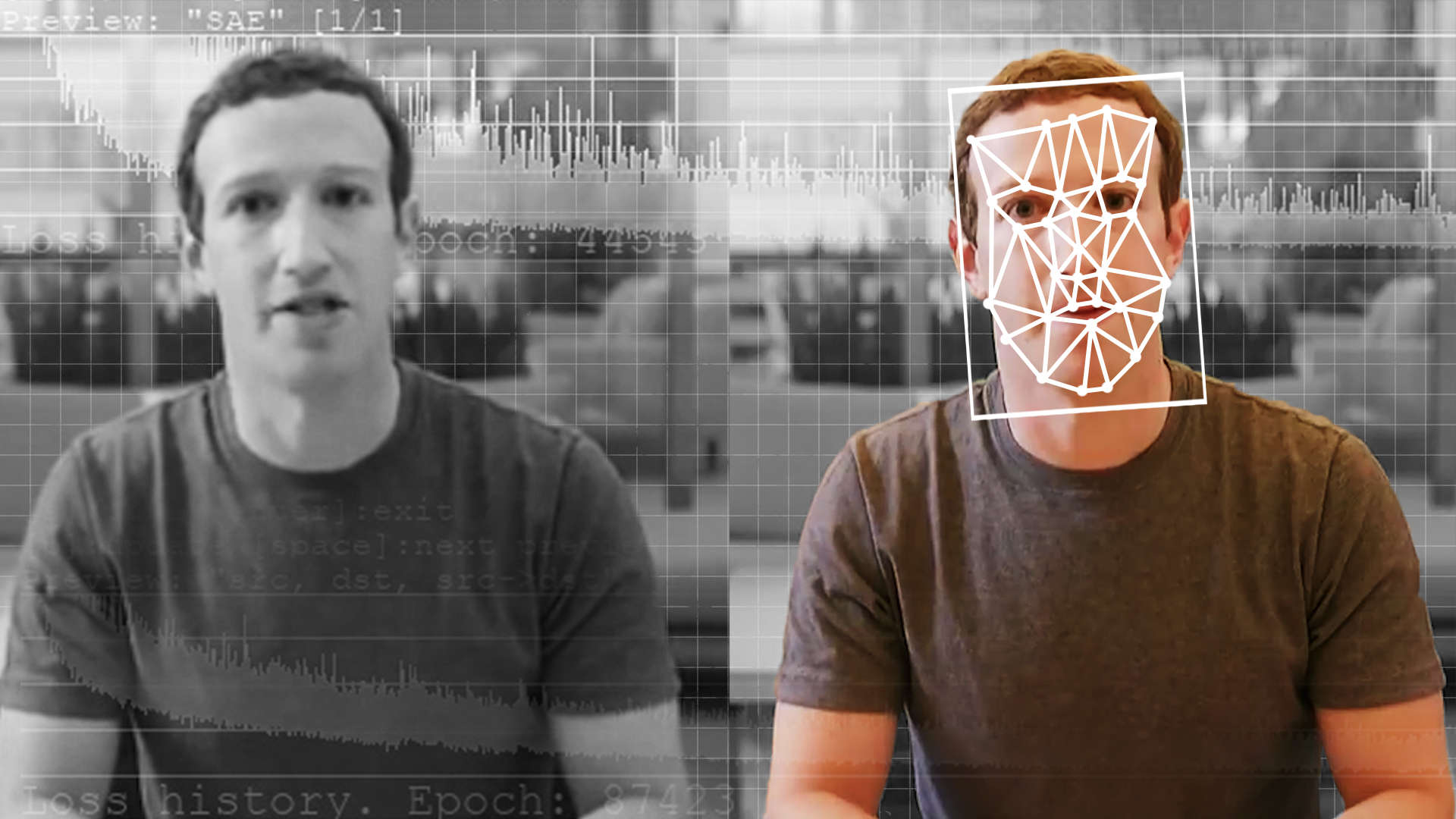Create a free profile to get unlimited access to exclusive videos, sweepstakes, and more!
Uncanny valley? Look deep into the eyes to tell if it’s a deepfake

How do you know the account that just friended you on Facebook or followed you on Twitter or Instagram is a person who actually exists?
If you can rule out scammers and other shady types who steal photos of actual people, gaze deep into the eyes of that profile photo. You may not notice anything is off at first until you realize something unsettling about the eyes. But what is it? They probably aren’t some unnatural color (unless it’s a cosplayer you’re looking at), and more than likely can pass as human. Then it hits you. The pupils have just given away a deepfake.
Cyberspace is getting weirder and weirder. There are people who use so many filters they almost look like fake versions of themselves, and then there are actual deepfakes. AI isn’t infallible — yet. The type of AI that generates deepfakes, called GAN (generative adversarial network) hasn’t quite learned how to synthesize a perfectly round human pupil yet.
Researcher Siwei Lyu of SUNY Albany, who coauthored a study now on the preprint server arXiv, is part of a team of researchers developing a technique to detect deepfake eyes.
“Although very powerful, GAN synthesis models also have limitations in representing the more semantic aspects of the human faces and their interactions with the physical world,” she told SYFY WIRE. “The circular shape of the iris is one intuitive cue.”
The warped pupils generated by GAN are not its only flaw, since it can leave behind blurry backgrounds and an otherworldly halo effect around the hair. It’s just more obvious to computer scientists than someone who may unknowingly have followers generated by a robot. GAN consists of a pair of neural networks, the generator and the discriminator. The generator is trained to synthesize faces, whose features it figures out randomly, by the discriminator, which compares the fakes to images of real human beings.
Training GAN involves the generator and the discriminator constantly going against each other. The generator keeps trying to come up with more accurate images, while the discriminator continues raising the bar for accuracy every time it scrutinizes them. The generator and discriminator have to match up for a GAN to complete training. Then the generator is ready for a real human to feed it randomness that it can generate faces from. Unfortunately, even making it past those trials doesn't always mean that the AI is going to be completely accurate.
It is the tendency of GAN to mess up pupils that inspired Lyu and her team to develop a method that can automatically detect deepfake pupils, which often look like amoebas.
“Our new detection method of GAN-generated faces can automatically segment pupils from two eyes and extract their boundaries,” she said. “It then calculates similarity scores between the predicted pupil mask and the ellipse-fitted pupil mask to evaluate and detect if they have elliptical shapes.”
Deepfakes are being used more and more, for everything from tricking someone into swiping right on Tinder to outright blackmailing people by showing false images of them in questionable situations. The pupil detection method can still be fooled, though not by much, unless the irises of the eyes are hidden by sunglasses or are not in the image for some other reason, such as the person’s eyes being closed. At least for now, the new method will probably work best alongside other methods that can help identify faces that venture too far off into the uncanny valley.
Will GAN ever learn how to correctly create a pupil? Maybe. In the future, it could be possible to train this kind of AI by narrowing down the shapes from which it recognizes and creates pupils. The generator used in training will have to face tougher standards from the discriminator if it is going to get a pass.
“The solution requires much more precise coordination among the different parts of the synthesis model,” Lyu said. “But I do believe the future generation of GAN models will improve on this aspect.”
Until then, don’t get too excited for a new follower on social media until you can see a closeup of their eyes.














